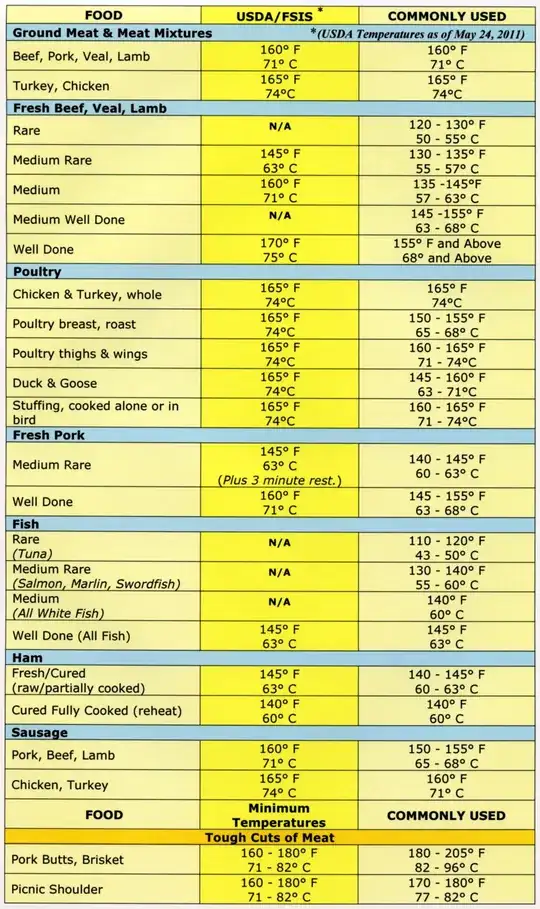I wouldn't say it's a 'daft question'. Some markets do sell pre-mixed ground pork-and-beef mixtures intended primarily for meatballs or meatloaf, so it's reasonable to wonder if that mix can be used for burgers, too, but there are too many variables not accounted for.
The problem is that we have no way of knowing what standards the hypothetical market in the question meets. Is it located in a country where trichinosis is all but extinct, like the US or Germany, or a country where pigs are still raised in pits of mud and feces? Do the market's butchers practice safe meat-handling?
In the best of all worlds, you could eat both pork and beef completely raw and be perfectly safe. In our world, pigs raised in filth may well have parasites including trichinosis. Cattle do not normally harbor anything harmful to humans, though there was the "mad cow" outbreak a couple of decades ago, but people can be disgusting in their lack of hygiene, so there is still risk.
Then there are the definitions. What is 'medium'? The worst trichinosis infection will be neutralized once the meat reaches 155F, but that is essentially medium-well and the USDA, which only cares about safety and not edibility, recommends 160F for GROUND beef, pork, veal, and lamb. They recommend 165F for ground chicken/turkey.
It's worth noting that even the USDA no longer recommends cooking solid cuts of pork till it's petrified. While they don't give a recommendation for Rare, they do specify a temperature of 145F for Medium-Rare Pork (or beef, lamb, veal, etc.). Ground meat is always more risky than solid cuts, but that's a different question.
But, then you say "a Burger can be served a little pink. Even 'medium'. I understand what this means." I don't think you do. Medium is a little pink. Medium-Rare is pink-to-red, but warm in the center. Rare is red and cool in the center. They are ALL SAFE if prepared correctly.
The mania for warning people away from 'under-cooked' burgers is due to our lawsuit-crazed culture, not food safety. The safety risk is due to people not washing their hands properly and not keeping their cook stations clean, not due to inherent risks from the meat. Cooking burgers till they become hockey pucks does render them harmless, and employers know that they suck at enforcing safe practices in their kitchens, so they shift the risk/blame to the customers.
If you trim and grind your own meat at home, and practice safe standards, you're perfectly safe in cooking your pork-and-beef burger Medium-Rare, which is how all burgers are at their best. But I wouldn't recommend it with the store-bought mix. Save that for your meatballs.

